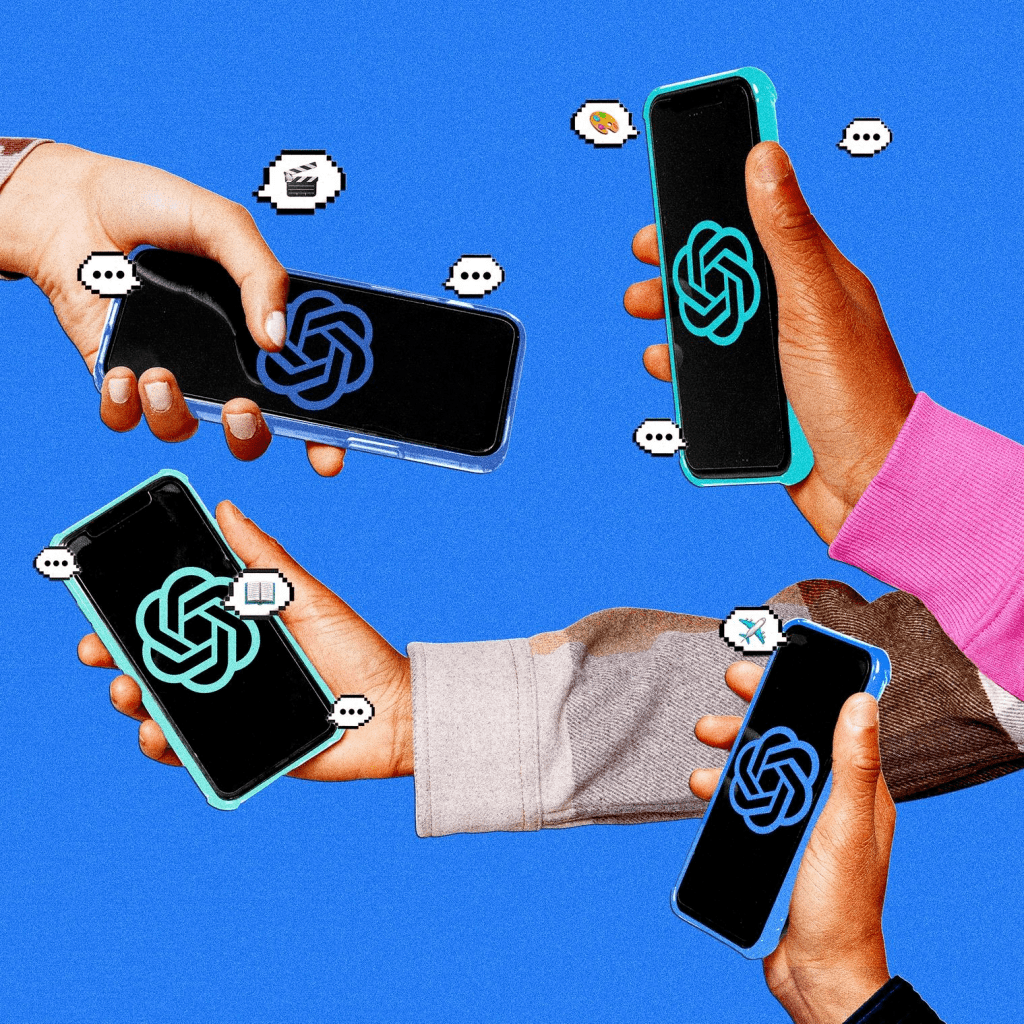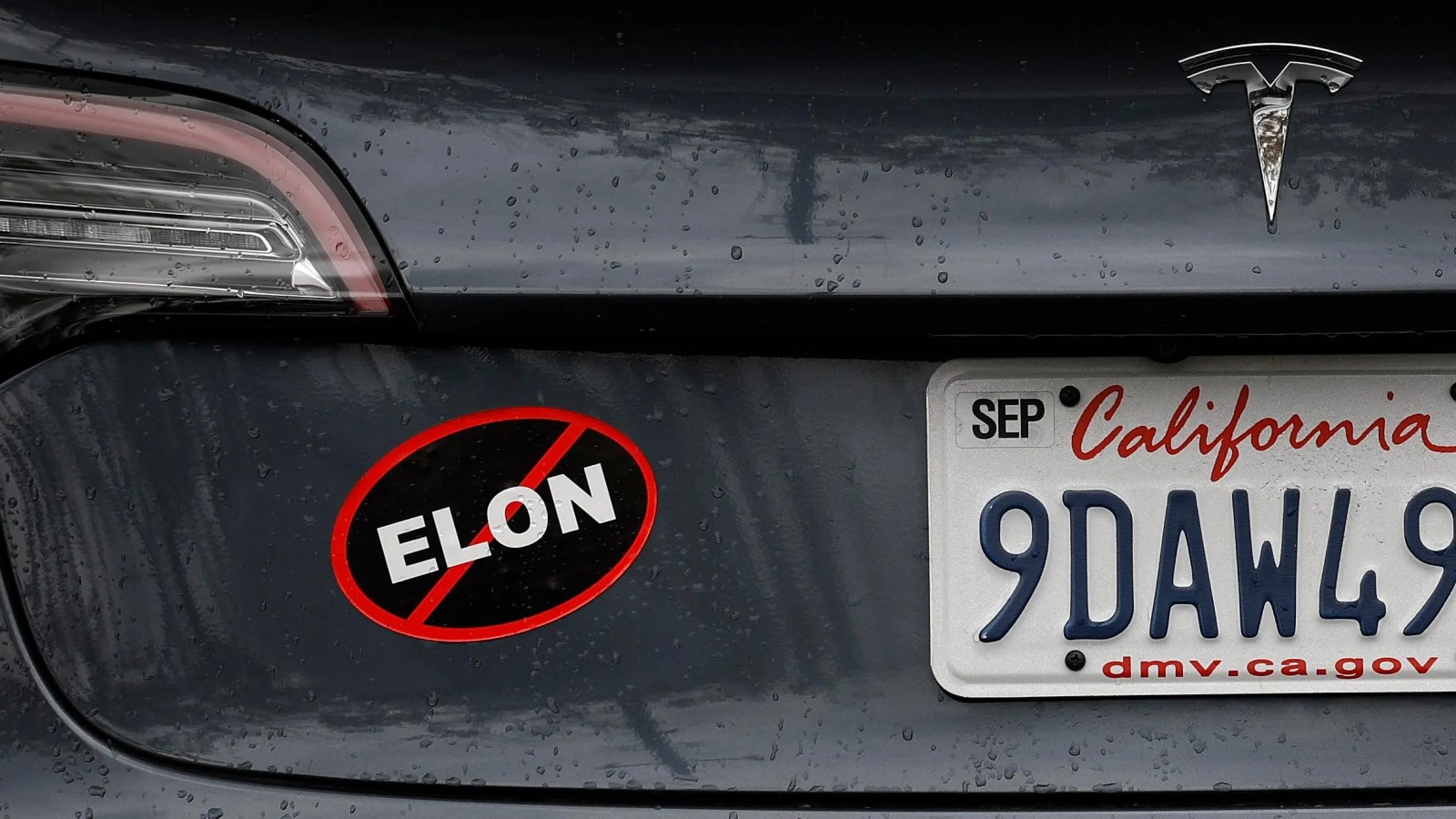The websites and policies for new apps Cici AI, ChitChop, Coze, and BagelBell don’t mention that they were made by ByteDance.

TikTok’s Chinese parent company, ByteDance, has quietly launched four new generative AI apps for users outside of China, Forbes has learned. Dubbed Cici AI, Coze, ChitChop, and BagelBell, the apps were all launched in the past three months and collectively have millions of downloads.
Cici AI, ChitChop, and Coze are bot creation platforms that let users make and share their own chatbots. BagelBell generates the plot and text of fictional stories that change based on readers’ choices. But ByteDance did not build the underlying large language models that power them. Instead, the apps rely on OpenAI’s GPT technology, accessed through a Microsoft Azure license, according to ByteDance spokesperson Jodi Seth.
On the new apps’ websites and in their terms of service, there is no mention of ByteDance, whose ownership is being reported here for the first time. Three of them are run by Spring (SG) Pte. Ltd., a new ByteDance subsidiary, and the fourth is run by Poligon Pte., a ByteDance subsidiary that has published erotic web novels and video games for ByteDance in the past.
Cici and ChitChop are largely focused on entertainment, offering bots based on fictional characters and romantic companions, while Coze provides bots intended to simplify workplace tasks. Cici is the most popular of the apps so far, with more than 10 million downloads, according to the Google Play store.
The apps, combined with the company’s launch of an AI tool to generate short form videos and reported attempts to build an AI image generator similar to Midjourney and Dall-E, seem to be part of ByteDance’s efforts to take on its competitors in the generative AI space. Facebook launched its own line of celebrity-based chatbots this past September, and Snap embedded an AI chatbot into Snapchat in April. Every major tech giant is working to develop their own generative AI offerings, with Microsoft building AI assistants for many of its software tools thanks to its $10 billion partnership with OpenAI, Google launching a new language model Gemini to compete with GPT-4 and Amazon integrating generative AI products, into its Alexa smart speaker.
Of ByteDance’s four new apps, only one — Coze — is currently available in the U.S., and none are available in the EU. It’s common for tech giants to test products first in smaller markets with less regulatory scrutiny before expanding into the U.S. and the EU. Asked about ByteDance’s plans for the apps, Seth described them as “still in the testing phase,” and declined to share further details about the company’s plans for them.It’s unclear if these apps would or could ever be integrated into TikTok, though earlier this year ByteDance ran a test that integrated an AI chatbot called “Tako” into the TikTok app.
ByteDance has a history of liberally launching test apps, then sunsetting any that don’t stick. Before it debuted TikTok in the U.S., the company launched (and eventually deprecated) a trivia app, a funny gif app and a news aggregator app. Its offerings across the world continue to grow and change; current offerings include a WhatsApp competitor in Africa, a Spotify competitor in Southeast Asia, and a Twitter competitor that was recently discontinued in Brazil.
While these four generative AI apps are focused on the Beijing company’s international markets, ByteDance has also launched generative AI apps in China, starting with the AI chatbot app Dou Bao. The app launched in August, after ByteDance received approval from the government. Chinese regulations require that bots launched in China “adhere to the core socialist values” of the Chinese state — which often means following government censorship guidelines.
It’s not surprising that ByteDance is also launching generative AI apps in western markets, given the recent surge in demand for bots, and ByteDance’s breakout success with TikTok. But the move could inspire future scrutiny from regulators already concerned that the Chinese government could lean on ByteDance employees to collect private information about foreigners, or use the company’s control over their information diets to feed them pro-China messages. People often trust bots with sensitive personal information, which makes them a potentially rich source of valuable data, and bots are notoriously unable to explain why they give the responses that they do, which makes them a potentially effective conduit for covert influence.
All four of the new ByteDance apps use privacy policies with language (also present in other ByteDance app policies) noting that the apps may share user information with other “entities within our corporate group.” Seth, the ByteDance spokesperson, confirmed that user data for these apps may be accessed by ByteDance employees in China, subject to the company’s access controls and approval processes.
In test conversations, Coze and Chitchop gave serviceable descriptions of the 1989 Tiananmen Square massacre and other topics subject to Chinese government censorship, though both bots struggled with (non-ideological) hallucination. Because BagelBell creates fictional stories, we did not test its historical knowledge, but we did ask it to create a story about Xi Jinping frolicking in fields of flowers with Winnie the Pooh. It obliged.
When Forbes tried to create an account to test Cici, which is designed to look exactly like DouBao, the app repeatedly erred. Accordingly, we were unable to engage with it.
Regulators have also raised concerns about the Chinese government using AI to steal intellectual property from foreign companies. In December, The Verge reported that ByteDance had been using OpenAI’s large language models to create a competing model of its own — a clear violation of OpenAI’s terms of service. OpenAI subsequently suspended ByteDance’s access to its API.
ByteDance spokesperson Seth said that ByteDance is using OpenAI through a license for Microsoft Azure, which gives it access to GPT. OpenAI did not respond to a request for comment by press time.
This article was first published on forbes.com and all figures are in USD.


